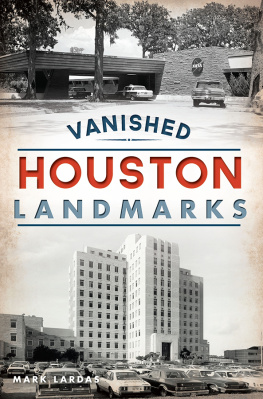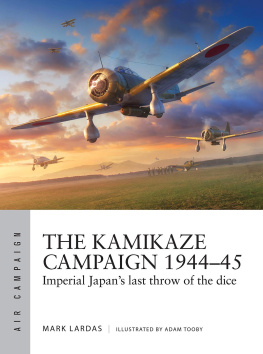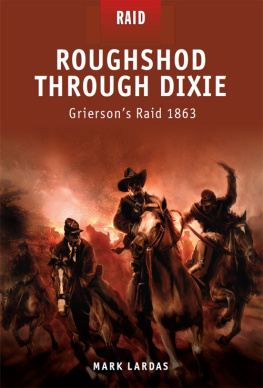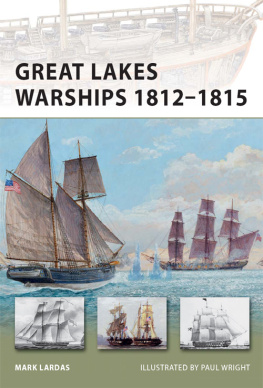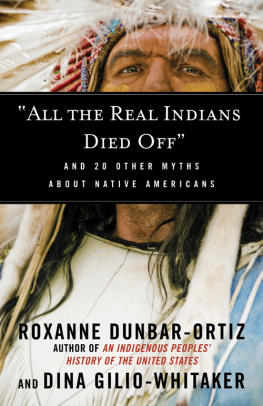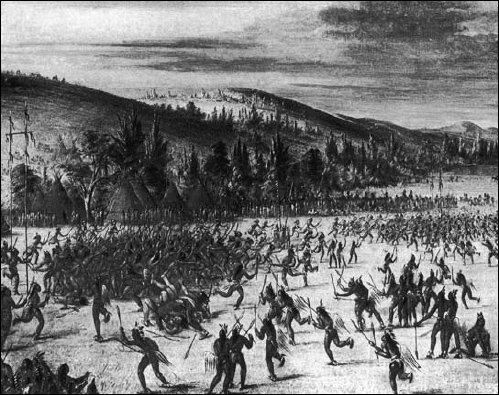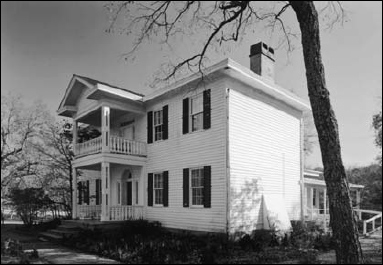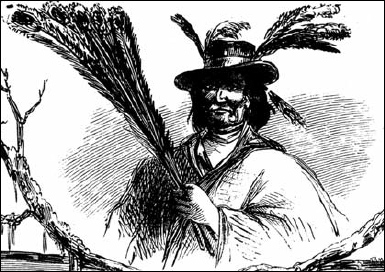Warrior 105
Native American Mounted Rifleman 186165
Mark Lardas Illustrated by Jonathan Smith
CONTENTS
NATIVE AMERICAN MOUNTED RIFLEMAN 186165
INTRODUCTION
W hen the American Civil War began, independent sovereign nations coexisted within the borders of the United States the tribes of the indigenous Native Americans who occupied America before the arrival of Europeans. Tribal members were considered citizens of their tribe or nation, rather than citizens of the United States. Some Indian tribes (as they were styled in the 19th century) had been reduced to dependence upon or subservience to the federal government. Other tribes retained their autonomy, which included the right to raise military forces and exclude others from their territories.
The most powerful were the Five Civilized Nations (or Tribes): the Choctaw, Chickasaw, Cherokee, Creek (or Muskogee), and Seminoles. Along with smaller tribes such as the Osage and Delaware, they had assimilated European culture and technology. Often this occurred through intermarriage with those of European and African descent. (By 1860 less than a quarter of the Five Civilized Tribes were full-blooded Indians.) Their children were educated in schools like those of the white citizens of the United States.
The Choctaw and Chickasaw tribes traditionally allied with the United States, siding with the Republic from the Revolutionary era onwards. The Creek and the Seminole historically fought the United States, the Seminole as late as the 1840s. The largest and most advanced nation, the Cherokee, had allied with Britain during the American Revolution. Thereafter, they fought on the same side of the battlefield as the new republic.
The distribution of Indian tribes in and around the Indian Territory. (Authors collection)
In the 1830s and 1840s these Indians left their ancestral homelands east of the Mississippi. Some left voluntarily, but most were forced to go by a federal government which sided with the Southern states that wanted these lands for white immigrants. Their old lands taken, the Indians built a new civilization in the Indian Territory (todays Oklahoma and southeastern Kansas). Between relocation and the Civil War they transformed the region into the richest part of the United States west of the Mississippi. They built plantations, farms, and ranches, dug mines, and graded turnpikes. They created the first public school system in the United States. They had the highest rate of literacy west of the Mississippi. Most literate Indians could read and write in two languages English and their native tongue. They printed bilingual newspapers, using alphabets they had derived. Most had become Christians. Each nation had written constitutions and elected representative tribal governments.
The Civilized Tribes drew heavily on the white Southerners lifestyle. Wealthy Indians established plantations, some requiring hundreds of black slaves to work them. Their houses were among the finest in the nation. One wealthy Choctaw owned a fleet of steamboats that carried agricultural products from the Indian Territory to white markets on the Mississippi River and goods back to the Indian Territory.
Indians of the Five Civilized Nations lived in a manner that the frontier whites would respect. They built log cabins. Their towns held gristmills, cotton gins, blacksmith shops, and warehouses, which were run by Indians, generally the mixed-bloods. By 1860 they were finally beginning to receive the long-promised payments for the eastern lands they had been forced to abandon. The inhabitants of the Indian Territory satisfied all of the requirements for statehood except that of being United States citizens.
Fault lines of discontent existed in these tribes. The biggest was caused by removal. Some tribal members who had believed relocation was inevitable, signed treaties with the whites, got the best deal they could negotiate, and left voluntarily. Others opposed relocation and sought redress through the courts. They regarded those who had signed treaties as turncoats who had undercut their brothers by signing agreements to vacate the land.
Indian leaders lived in houses in Park Hill much like the pictured Murell House. Built in 1845, the Murell House was not the grandest building in the Cherokee town, but survived because a white Indian Agent owned it. He fell outside the bounds of the Cherokee Nations fratricidal conflict. (Library of Congress, Prints and Photographs Division)
Their anger was exacerbated because the treaty Indians who had arrived in the Indian Territory first, got the best land. The larger, anti-removal faction, arriving after futile legal battles which dissipated much of their wealth, had to settle on what was left. The problem was compounded as the federal government forced other, more primitive, tribes into the Indian Territory, reducing the available territory still further. The Cherokee and Creek Nations fought civil wars during the 1840s as treaty and anti-removal factions settled scores by resorting to arson and assassination. The US government enforced peace in the 1850s, but the scars were still fresh when the Civil War broke out.
A soldier of the Union Indian Brigade in 1862, as depicted by an artist for Frank Leslies Illustrated Weekly. (Potter Collection)
A second fault line was that formed by Indians who preferred to follow traditional ways versus those who assimilated the white lifestyle. The traditional Indians, generally the full-blooded minority, lived in cabins, eschewed the towns for the forests, and made their living through hunting, fishing, and trapping, rather than agriculture. The assimilating Indians adopted European technology, and exchanged tradition for positions generating wealth and influence. In some tribes particularly the Choctaw and Chickasaw assimilation was almost complete. In others, especially the Cherokee, the Seminole, and Creek, the traditionalists were important.
As in the United States, slavery created a third contentious fault line. Many Indians adopted chattel slavery, but others were staunchly abolitionist. The Seminoles were the most conflicted by slavery, as they intermarried with runaway black slaves while in Florida. However, the Creeks and Cherokee also had strong anti-slavery factions, especially among the full-bloods and those most strongly opposing relocation.
When the several states of the Confederacy severed ties with the Union, the Five Civilized Tribes had to make a decision whether to stay neutral or whether to align with the northern states of the Union or those of the southern Confederacy. Economically and culturally the decision-makers for these nations were tied to the South. The South courted these nations, while the North abandoned its forts in the Indian Territory.
Next page

